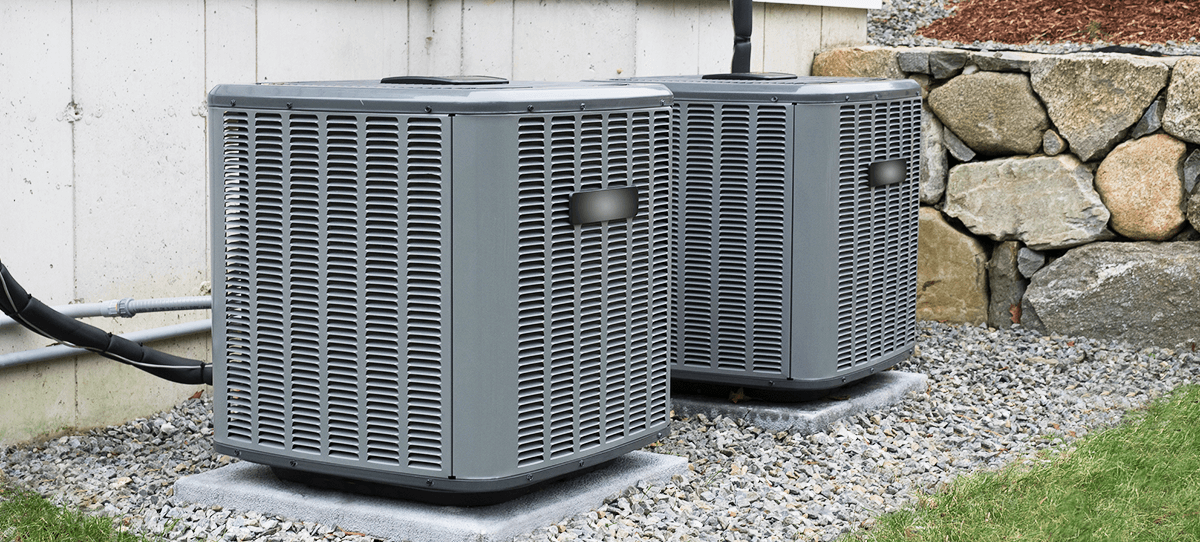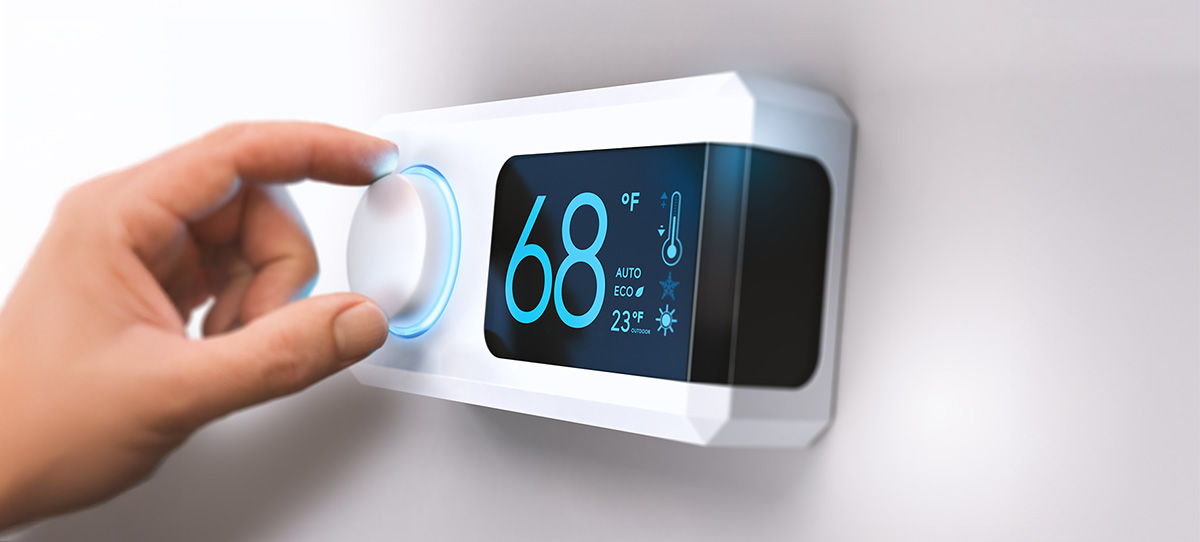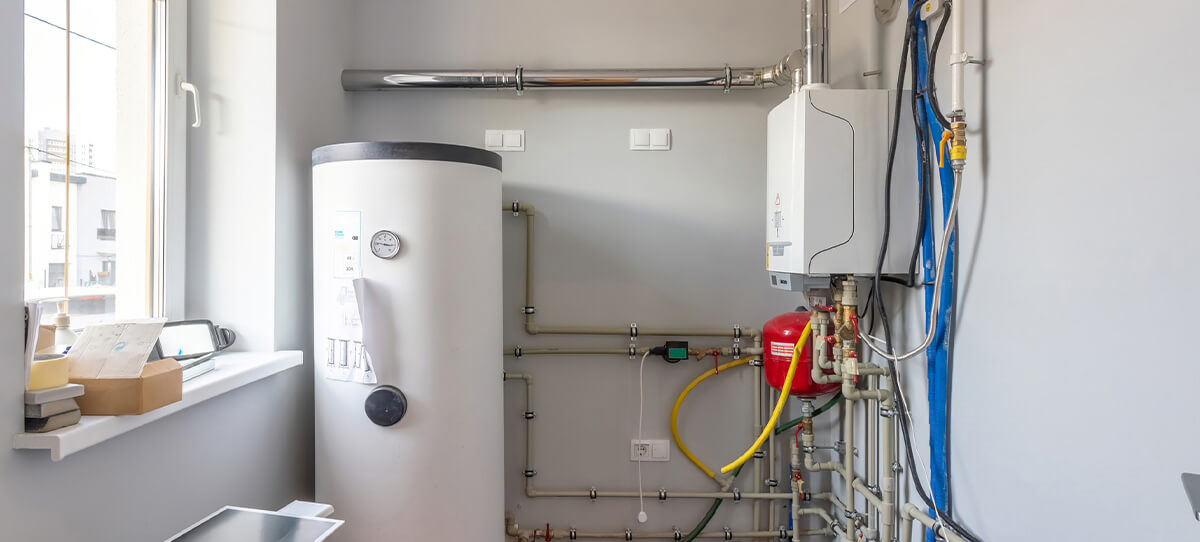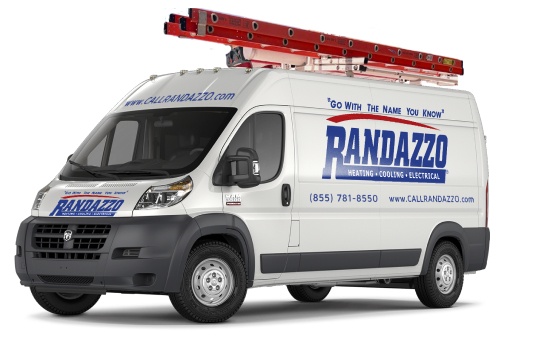Every year it seems like utility bills are increasing at an exponential rate. To top that off, with certain economic factors like inflation taking place, people like you and I are looking for ways to save. One way to save is to ensure that your heating and cooling systems are efficient. And if your units are older than ten years, they might cost you more money than they should. But before you go out and buy the latest and greatest, you should know about SEER and what it means to you as a consumer.
What is SEER?
For consumer purposes, the acronym SEER stands for Seasonal Energy Efficiency Ratio and is calculated by measuring the cooling output divided by the energy used during summer. This measurement helps determine the correct SEER rating of the unit and enables you to understand the system’s maximum efficiency. By understanding the SEER rating and knowing what an appropriate SEER rating is, you’ll make a better purchasing decision, one that could show continuous savings on your utility bill year over year (up to fifteen years)1. Knowing this, you might think to yourself, “I need to go out and buy the highest SEER-rated unit so that I can get the most savings.” Although tempting, that’s not necessarily the right approach to take.
As of now, the minimum SEER standard is a SEER rating of 13, but that will change in 2023 when the minimum SEER rating is increased to 142. A 13 to 14 SEER unit is still good and, for some, enough. However, others might want more depending on the size of their home. From a minimum of 13 SEER, that number can reach up to 28 SEER and, in some cases, even higher. Most of the time, the higher the SEER rating, the higher your savings could be on your electricity bill. However, as stated before, that might not be true for you. It will depend on your goals, how much you’re willing to spend on a high-efficiency unit, and how old your home is.
It is also important to realize that just because your SEER rating is high, it doesn’t mean your system is continuously operating at that exact SEER rating. SEER is given based on the highest overall rating and can be likened to a car’s MPG (Miles Per Gallon). Let’s say you’re shopping for a car because gas prices are too high, and you need a more fuel-efficient vehicle. After reviewing the MPG sticker, you notice two different MPG ratings: one for the highway and one for the city. There’s a reason for this. When the car is operating at consistent speeds and in the proper settings, you can achieve maximum highway MPG. But, if you’re in the city, red lights, distracted drivers, and traffic cause your car to be less efficient. Your HVAC unit’s SEER can be thought of in the same way.
On the best days, when the temperature is not scorching, your windows are shut, the blinds are closed, and you have your thermostat set correctly, your air conditioner could reach its highest SEER rating. However, if you leave those windows open, the SEER can fluctuate just like your car’s MPG. Some other variables to consider are the power of your unit(s) and weather changes.
Striving For SEER
There are many factors to consider when choosing the best unit for your home. And indeed, when upgrading from a system that is ten years or older, you could reduce your utility bills by as much as 20% per year3. Even though these yearly savings are good, and for some, it is more than enough, simply replacing one unit might not get you the SEER rating desired. That is why having a professional evaluation of your HVAC equipment is essential. It will allow you to get the best understanding of the SEER rating you currently have and what you could achieve with a new unit(s). Most companies, including ours, will do the estimate free of charge. We do this so that there’s no pressure on the consumer and that they have a chance to make an educated decision before deciding to replace their HVAC equipment.
Overall, when deciding on whether to upgrade your HVAC equipment or not, there are many factors to consider. The SEER rating is just one of the factors used to help consumers make an educated decision. Those who factor in the SEER rating when purchasing a new unit or system, in most cases, experience better savings, enhanced efficient comfort, and find it to be one of the best investments to make. In a recent article by Angi, the average homeowner that installed a new HVAC system saw up to a 60% ROI, which is higher than most home improvements4. So, If you are in the market for a new HVAC system call us at 586-336-1111. or schedule your appointment by clicking on the button below.
Lennox, 2022, https://www.lennox.com/products/heating-cooling/air-conditioners/sl28xcv ,
Olivia Clark, Kevin Jarzomski, Today in Energy, Efficiency requirements for residential central AC and heat pumps to rise in 2023, .https://www.eia.gov/todayinenergy/detail.php?id=40232, 8/2022
Energy.gov, Department of Energy You Asked, We Are Answering: Your Home Efficiency Questions, https://www.energy.gov/articles/you-asked-we-are-answering-your-home-efficiency-questions, 2012, https://www.energy.gov/articles/you-asked-we-are-answering-your-home-efficiency-questions, 8/12
Laura Hennigan, What to Know Before Buying a New HVAC System for Your Home, 2022, https://www.angi.com/articles/improve-home-value-new-air-conditioner.htm, 8/2022




